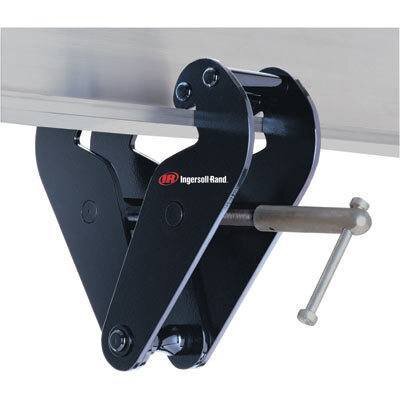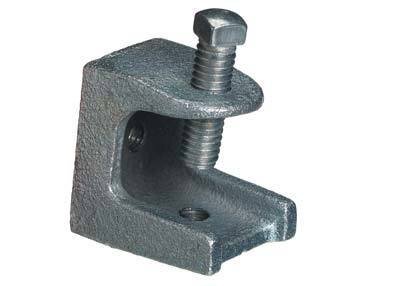I spoke with a rigger and he gave me a bs answer (u dont have the insurance an you cant aford it) so here i am. I was wondering what regulations or rules i should be aware of if i wanted to fly a 50 amp power cable from the roof of a gym and drop it down on a stage in the center. Id probably use 3 beam clamps and nessesary hardware to hold the cable. The roof consists of large steel h beams so the weight of a cable wont be a problem(considering ive seen an h truss setup with 20 movers hanging from it.)
The reason i want to do this is so that we can get the cable off the floor so the kids wont trip during the dance.
The reason i want to do this is so that we can get the cable off the floor so the kids wont trip during the dance.










